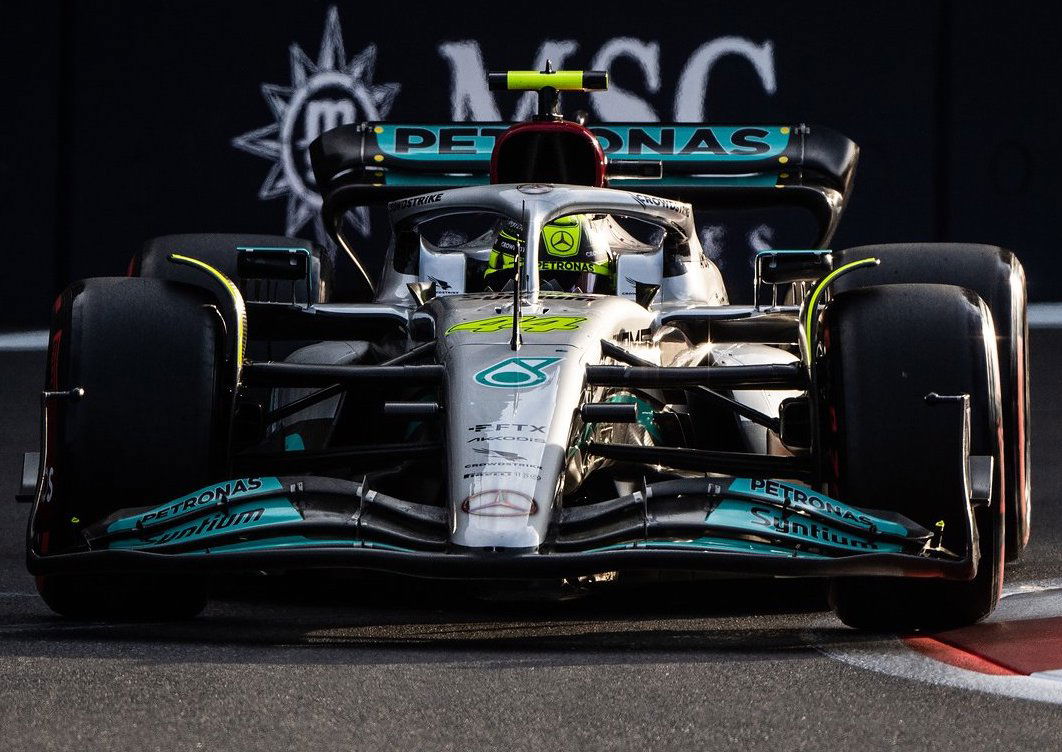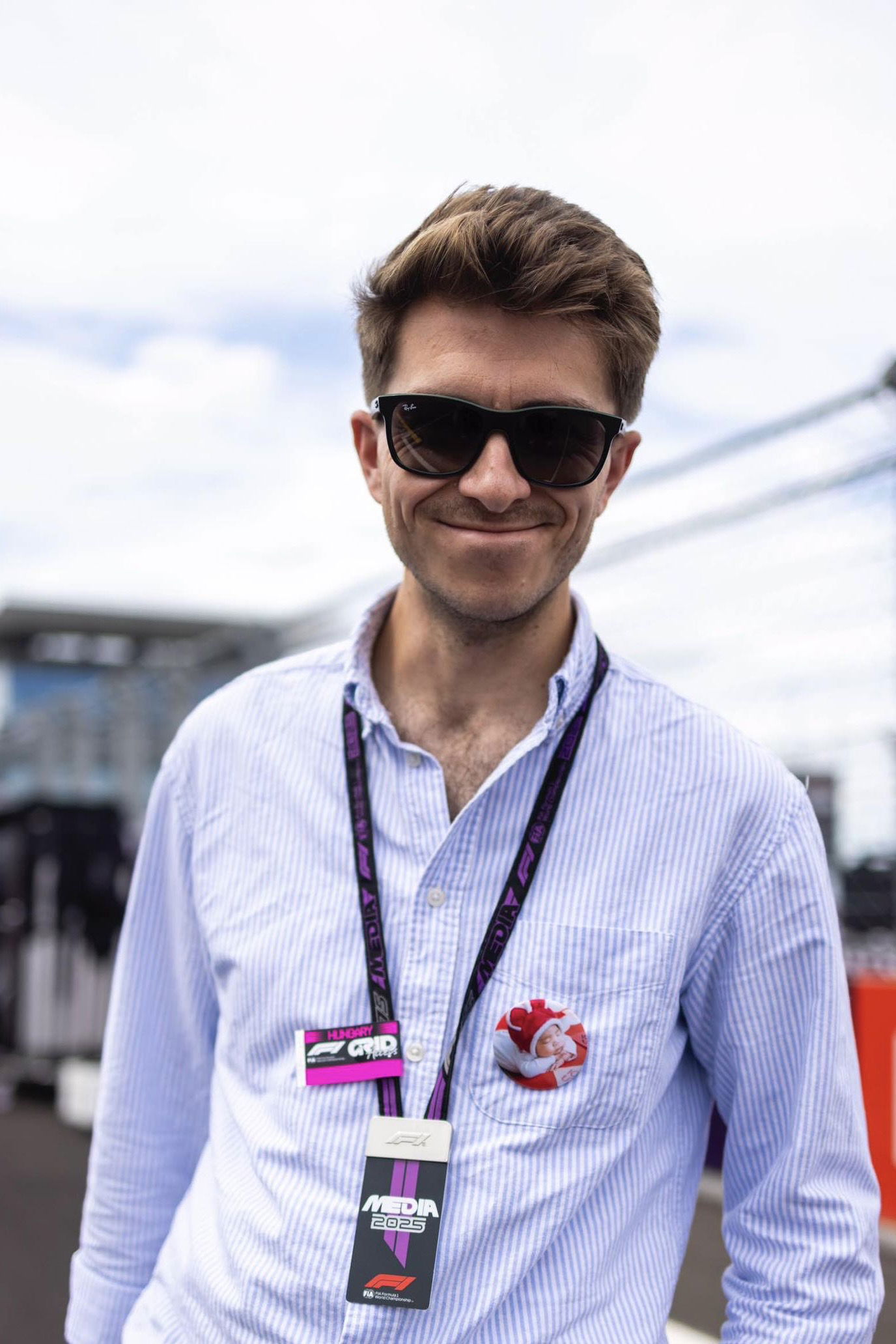FIA intervenes to reduce F1 porpoising on safety grounds

F1 drivers have pushed for motorsport’s governing body to take action on the matter after raising concerns about the potential long-term health impact of the severe bouncing experienced with this year’s newly designed cars.
The calls became louder at the Azerbaijan Grand Prix last time out, with GPDA director George Russell warning that it was just “a matter of time” before F1 witnessed a “major incident” due to the porpoising.
After Sunday’s race in Baku, Russell’s Mercedes teammate Lewis Hamilton was left hobbling out of his car after suffering from back pain throughout the grand prix, leading to initial concern he may have to miss this weekend’s race in Canada.
On the eve of the returning Canadian Grand Prix, the FIA released a statement confirming it was intervening on safety grounds.
“Following the eighth round of this year’s FIA Formula 1 World Championship, during which the phenomenon of aerodynamic oscillations (“porpoising”) of the new generation of Formula 1 cars, and the effect of this during and after the race on the physical condition of the drivers was once again visible, the FIA, as the governing body of the sport, has decided that, in the interests of the safety, it is necessary to intervene to require that the teams make the necessary adjustments to reduce or to eliminate this phenomenon,” it read.
The technical director which has been issued to teams has highlighted the measures the FIA intends to take to tackle the problem.
These include:
1. Closer scrutiny of the planks and skids, both in terms of their design and the observed wear
2. The definition of a metric, based on the car’s vertical acceleration, that will give a quantitative limit for acceptable level of vertical oscillations. The exact mathematical formula for this metric is still being analysed by the FIA, and the Formula 1 teams have been invited to contribute to this process.
As well as the short-term measures, the FIA is set to convene a technical meeting with the teams in which measures will be defined to reduce “the propensity of cars to exhibit such phenomena in the medium-term”.
The statement concluded: “The FIA has decided to intervene following consultation with its doctors in the interests of safety of the drivers.
“In a sport where the competitors are routinely driving at speeds in excess of 300km/h, it is considered that all of a driver’s concentration needs to be focused on that task and that excessive fatigue or pain experienced by a driver could have significant consequences should it result in a loss of concentration.
“In addition, the FIA has concerns in relation to the immediate physical impact on the health of the drivers, a number of whom have reported back pain following recent events.”


